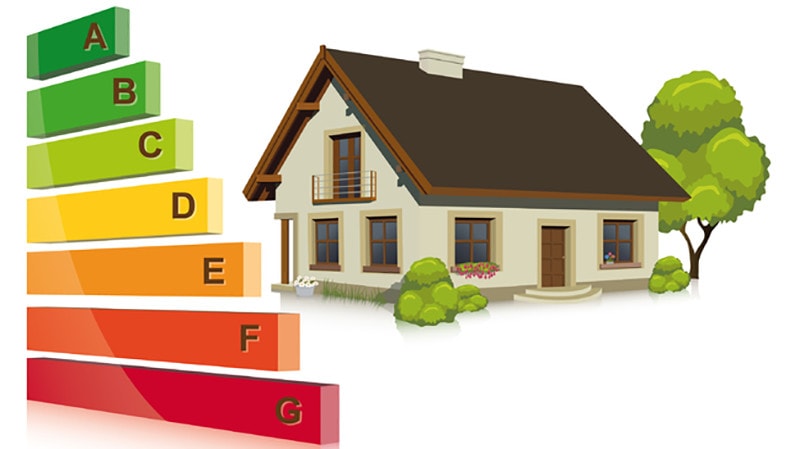A single model for the whole national territory and 10 energy classes. The certifier must carry out at least one inspection.
04/06/2015 – We are very close now to the publication in the Gazzetta Ufficiale of the decree of the Ministry of Economic Development which rewrites the legislation on the Energy Performance Certificate (APE) and which will enter into force on 1 July 2015.
In fact, a draft was released, updated as at 27 May, of the new national guidelines for the certification of the energy performance of buildings, which will replace those for energy certification issued with the Min. Decree of 26 June 2009.
The new Energy Performance Certificate (APE) The main innovation is the introduction of a single APE for the whole national territory, with a homogeneous calculation methodology, to which the regional authorities will have to adapt within two years.
The new APE must include the overall energy performance of the building, both in terms of total primary energy and non-renewable primary energy; the energy quality of the building, for the purposes of reducing energy consumption for heating and cooling; carbon dioxide emissions and exported energy.
The overall energy performance index, expressed in non-renewable primary energy, will determine the energy class of the building. The energy classes have been increased from seven to ten, from A4 (the best) to G (the worst). APEs will continue to be valid for 10 years.
APEs must also include recommendations for improving the energy efficiency of the building, distinguishing between major renovations and energy retrofitting, and information on financial incentives for the work required.
The energy certifier
The decree recalls that APEs must be drawn up by an energy certifier authorized pursuant to Regulation 75/2013 and adds that the certifier who draws up the APE “must carry out at least one inspection of the building or real estate unit subject to certification, in order to collect and verify the data necessary for its preparation”.
The costs of energy certification
Within 180 days from the entry into force of the decree, Enea will post online on its website information on the technologies (and related costs) for improving the energy performance of buildings and on the available national and regional incentives. Furthermore, on the new site, Enea will provide statistics on APEs (number of APEs registered, checked, validated and their distribution by energy class) and an estimate of the average costs of drafting APEs.
Real estate ads
The decree defines a diagram for sales and rental ads that standardizes the information on the energy quality of buildings; to provide citizens with a complete picture of the property, this diagram will also show the partial energy performance indices, such as for the building envelope, the overall performance and the corresponding energy class, and emoticons will be used to make it easy to understand for those with no technical expertise.
SIAPE
All data relating to energy performance certificates will be collected in a national information system, called SIAPE, which regional authorities and authorities of autonomous provinces will be obliged to use, and which will include the management of a unified register of APEs, heating systems and related inspections. The SIAPE will be established by Enea within 90 days from the entry into force of the decree, and will be linked to the regional registers of heating systems. Subsequently it is planned to incorporate it also into the buildings register.








